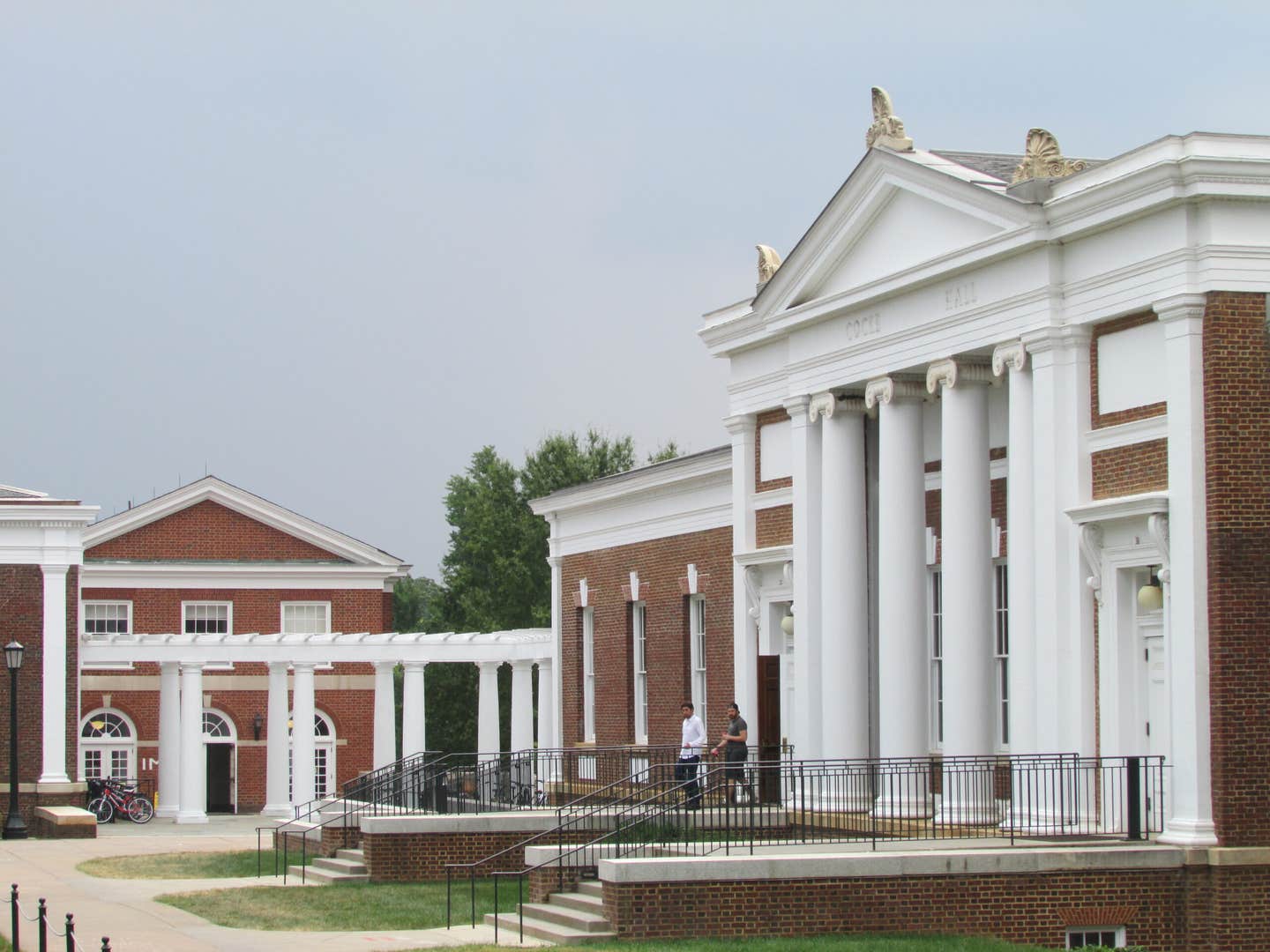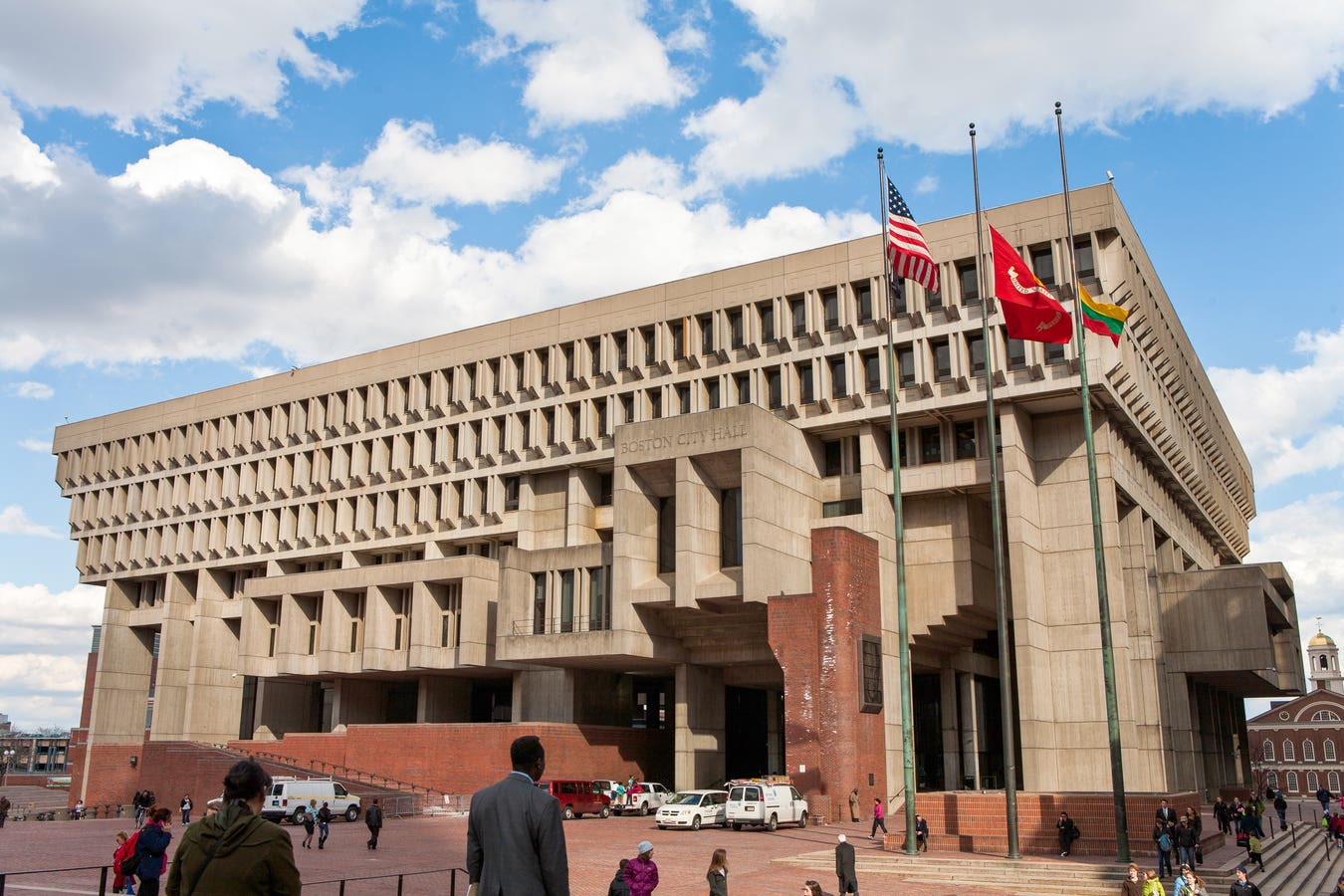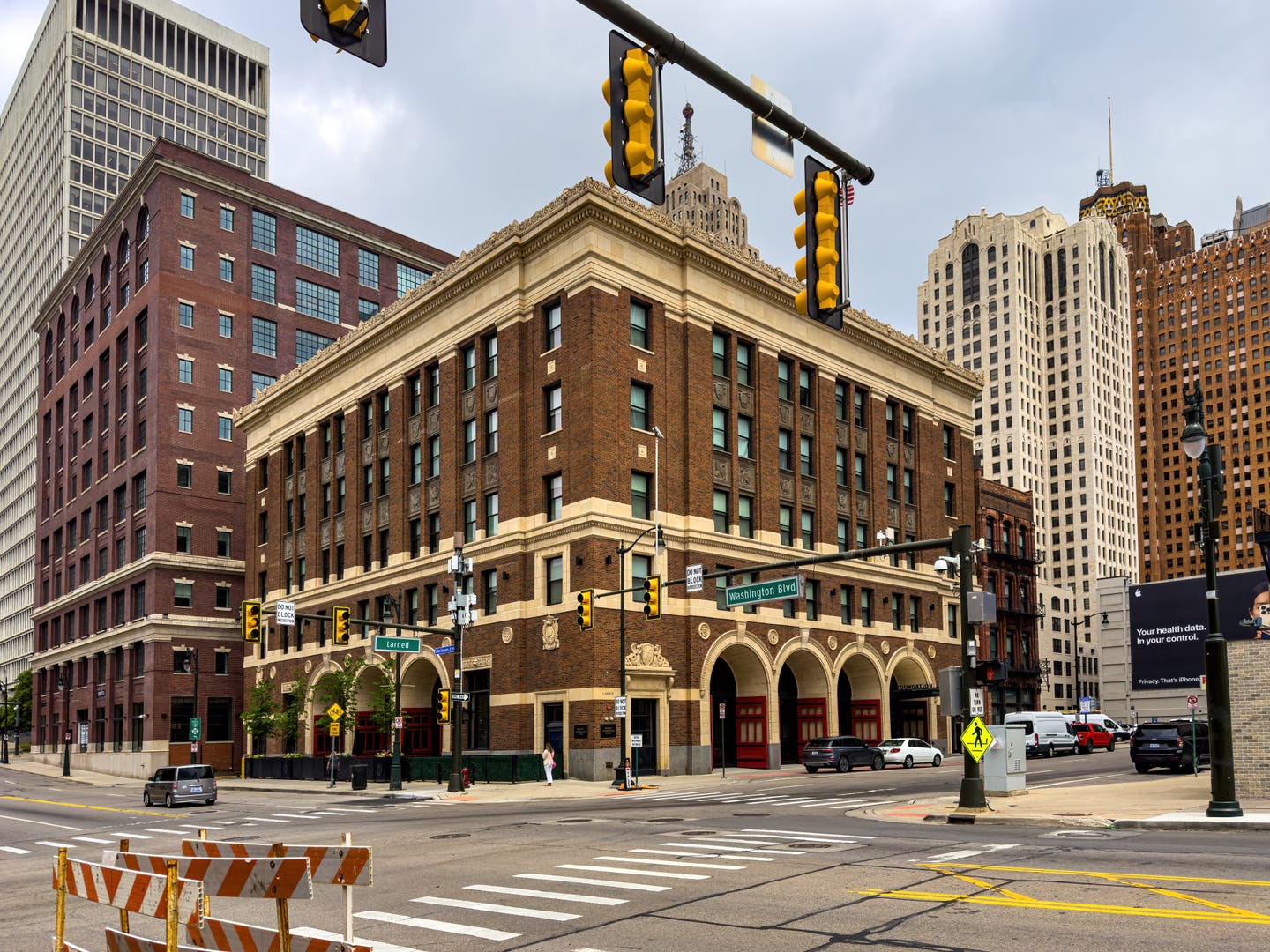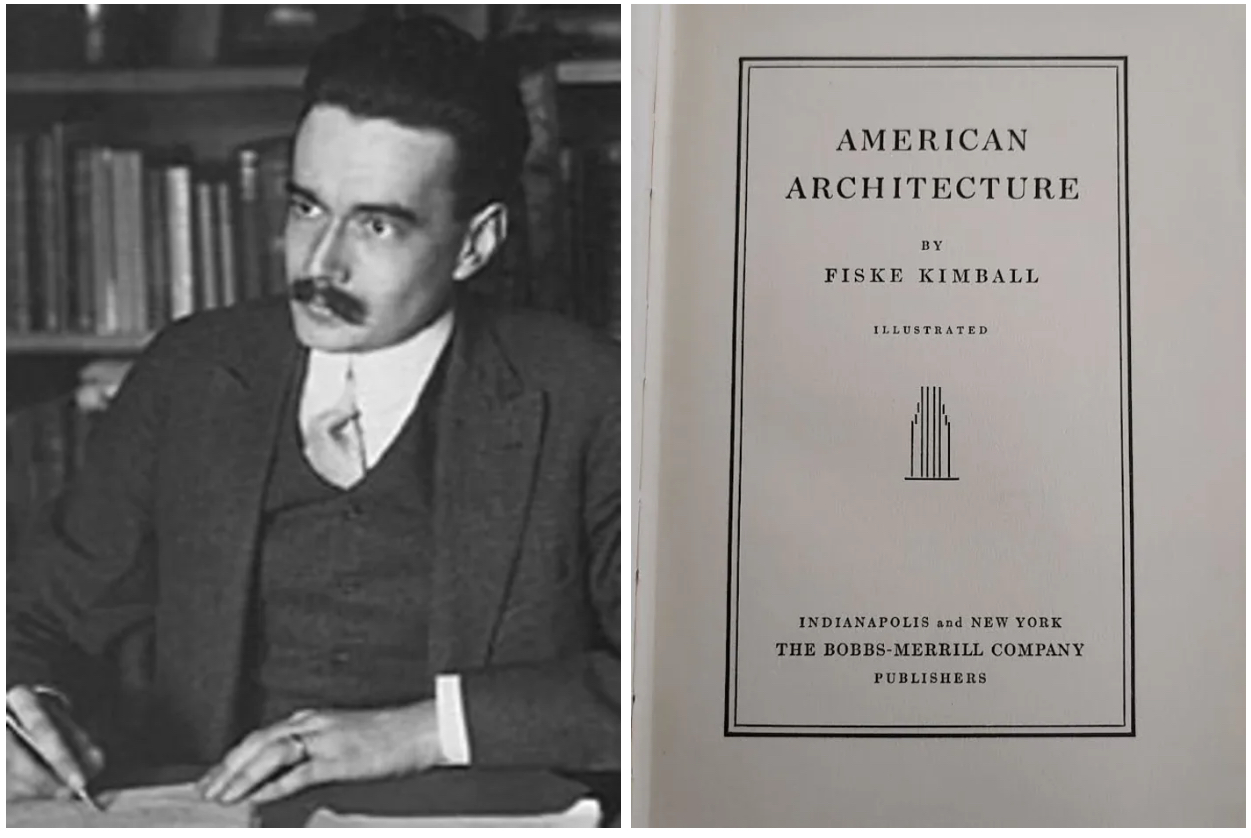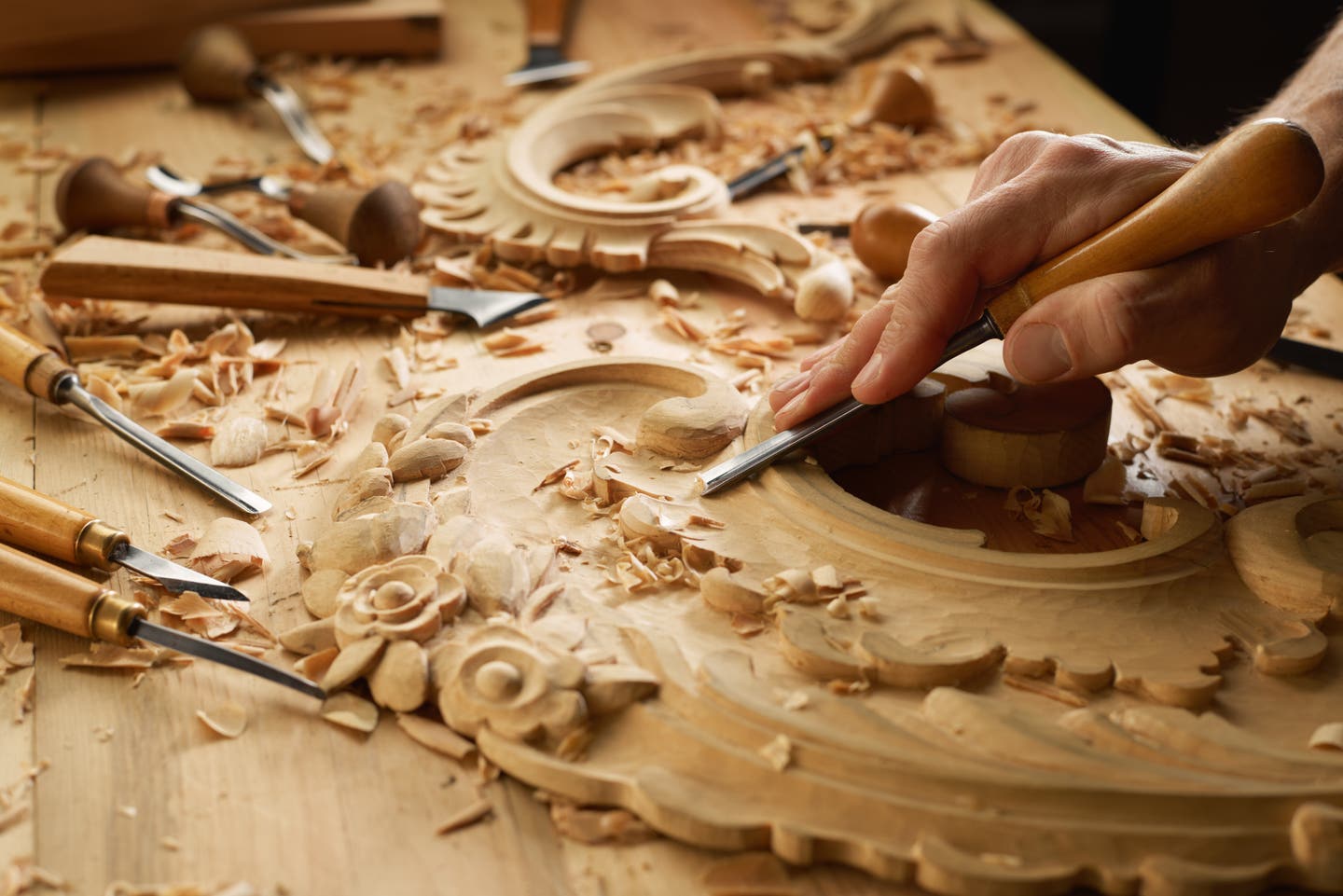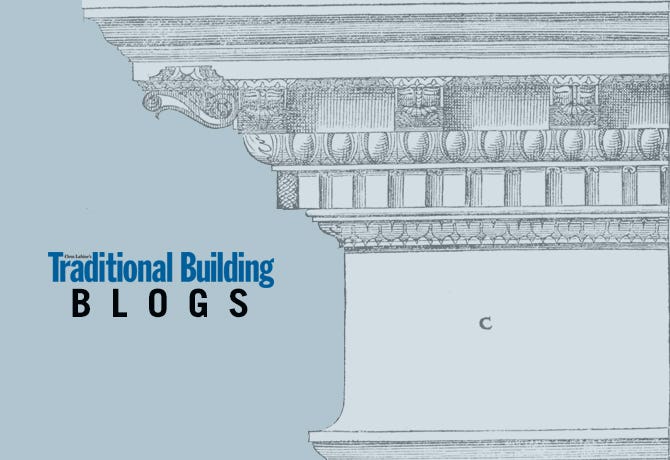
Rudy Christian
The China in the Bull Shop
One thing I find particularly interesting is what makes tradespeople tick. It’s very paradoxical when you realize that we have a reputation for being Bohunks, but the tradespeople I know are anything but. Take Dave Kridler, for instance, the stone mason who started out majoring in philosophy in college, then went to France to learn the art of lime plasterwork and came back to Ohio to become a stone mason whose resume includes restoration work at Stan Hewett Hall. If you were to meet Dave when he isn’t working, which is a lot harder than it sounds, his quiet and gentle demeanor might give you the impression he is an accountant or preacher until you shake his hand. Then you can feel the strength of his work and the toll it has taken on his skin.
When I had the pleasure of working with a group of timber framers, including my son and wife, at the Masters of the Building Arts demonstration during the Smithsonian’s Folk Life Festival on the Mall in Washington, DC, I had an opportunity to meet tradespeople from all over America and was humbled by their gentle and sharing natures and open hearts and minds. There was a stone mason from the Bahamas, whose name I have unfortunately forgotten, who was sharing the traditional method of house construction using the soft, indigenous limestone of his island, which he referred to as “cheese.”
Being a woodworker and always curious about other tradespeople’s tools, I was impressed, to say the least, by the cheese chisel he had had brought along, with a two-foot-long blade and four-foot-long handle made of island cedar. Holding it in my hand, I could feel the years of work it had done, and I wondered how many times that cedar handle had been replaced so it could continue being used. The wonder and appreciation must have shown on my face because when the festival ended, the stone mason insisted I take it home and add it to my personal collection. I was honored.
Tradesperson for a day
At lunchtime, we would walk across the street to the TenPen Asian restaurant. We sure didn’t fit in with all those suits and ties and shiny shoes, but every day Chris the bartender, who could have been Bill Murray’s stunt double, would light up when he saw us and make sure we all got a seat at the bar, where warm moist towels were waiting so we could wipe the gritty sweat from our faces. Chris really enjoyed hearing our stories and couldn’t believe that people who actually built things with handtools had come to visit his city, where laptops and cell phones were the tools people used to earn a living. I’m positive one of the best days he’s ever enjoyed was the afternoon we invited him to come and be part of the “raising crew,” which hand raised the reconstruction of an 18th-century scribe rule, timber-framed carriage shed on the Mall in front of the Capitol. For Chris, it was a real honor to be a tradesperson for a day.
The real difference between a craftsmen and a laborer or business professional is the fact that their work is their reward. The unfortunate transition that occurred when Henry Ford created his assembly line was that pride in workmanship no longer became the founding principle behind a good day's work. Instead of spending the day doing work that you enjoyed, you spent your day earning a “living” so at the end of the week you could cash your paycheck and use the money to enjoy yourself.
People who have chosen to make their living learning and practicing a trade have a real advantage in that they don’t have to wait for happy hour or the weekend to enjoy themselves. I sincerely believe that is why they are the people they are. As my wife so clearly stated when we were home schooling Carson, "The reason families are drawn to bring their children to a Timber Framers Guild or Preservation Trades Network conference is because there are so many good role models there."
I couldn’t have said it better myself.
Rudy R. Christian is a founding member and past president of the Timber Framers Guild and of Friends of Ohio Barns and a founding member and executive director of the Preservation Trades Network. He is also a founding member of the Traditional Timberframe Research and Advisory Group and the International Trades Education Initiative. He speaks frequently about historic conservation and also conducts educational workshops. Rudy has also published various articles, including “Conservation of Historic Building Trades: A Timber Framer’s View” in the “APT Bulletin,” Vol. XXXIII, No. 1, and his recent collaborative work with author Allen Noble, entitled “The Barn: A Symbol of Ohio,” has been published on the Internet. In November 2000, the Preservation Trades Network awarded Rudy the Askins Achievement Award for excellence in the field of historic preservation.
As president of Christian & Son, his professional work has included numerous reconstruction projects, such as the historic “Big Barn” at Malabar Farm State Park near Mansfield, OH, and relocation of the 19th-century Crawford Horse Barn in Newark, OH. These projects featured “hand raisings,” which were open to the public and attracted a total of 130,000 interested spectators. He also led a crew of timber framers at the Smithsonian Folk Life Festival, Masters of the Building Arts program, in the re-creation and raising of an 18th-century carriage house frame on the Mall in Washington, DC. Roy Underhill’s “Woodright’s Shop” filmed the event for PBS, and Roy participated in the raising.
Christian & Son’s recent work includes working with a team of specialists to relocate Thomas Edison’s #11 laboratory building from the Henry Ford Museum to West Orange, NJ, where it originally was built. During the summer of 2006, Rudy; his son, Carson; and his wife, Laura, were the lead instructors and conservation specialists for the Field School at Mt. Lebanon Shaker Village, where the 1838 timber frame grainery was restored. In July and August 2008, Rudy and Laura directed and instructed a field school in the Holy Cross historic district in New Orleans in collaboration with the University of Florida and the World Monuments Fund.
Rudy studied structural engineering at both the General Motors Institute in Flint, MI, and Akron University in Ohio. He has also studied historic compound roof layout and computer modeling at the Gewerbe Akademie in Rotweil, Germany. He is an adjunct professor at Palomar College in San Marcos, CA, and an approved workshop instructor for the Timber Framers Guild.





